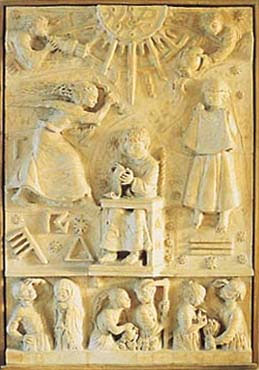



“Meteorology is physics of the atmosphere” we were learning and teaching even a few decades ago. But, since then it became clear that chemical composition of the air is also changing and fluctuating. Moreover, these variations are also influenced by physical processes prevailing in and via the atmosphere. So, speaking either about state variables of the atmosphere or tasks of meteorology, one should consider the composition of the atmosphere in the same way as the (thermo-) dynamic variables. Meteorology is organised into four sub-chapters. One of them deals with state variables and phenomena, characterising the atmosphere mainly point-wise or in small area (viewing angle). The second sub-chapter deals with motion systems that contain and often determine those variables selected into the previous sub-chapter. The third sub-chapter covers both previous scales and sub-chapters, and lists the tools and tasks of Meteorology, i.e. observation and prediction. (Preparation of climate statistics is covered by Climatology.) It does not sound new that atmosphere is our resource, and also a risk of our activities. The previous aspect is mainly considered by Climatology, but risks are collected as the fourth sub-chapter of Meteorology. You could already recognise, Dear Reader, that we have a separate entry called Climatology, as well. It is not our intention, by this, to put our vote to such a classification of sciences. It has a rather practical reason, since there are so many interesting and useful sources in both topics that this may explain the separation, itself. So, materials and referring homepages about the weather, i.e. on definite sequence of the atmospheric states for shorter period of time are arranges into Meteorology. Those questions in which these states correspond to longer period of time, with no special emphasis on their sequence, but treated as statistical ensembles, i.e. to climate, we sorted into Climatology.
Ceramic relief by Margit Kovács (1902-1977) in the Marczell György
Internet forrás (letöltve: 2009. március 30-án). |

